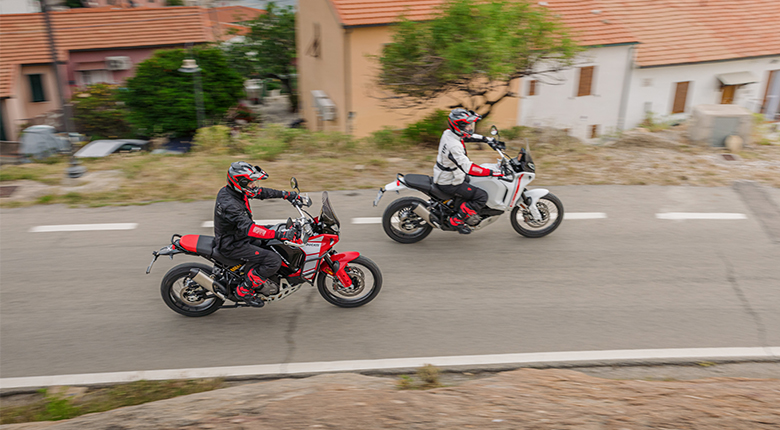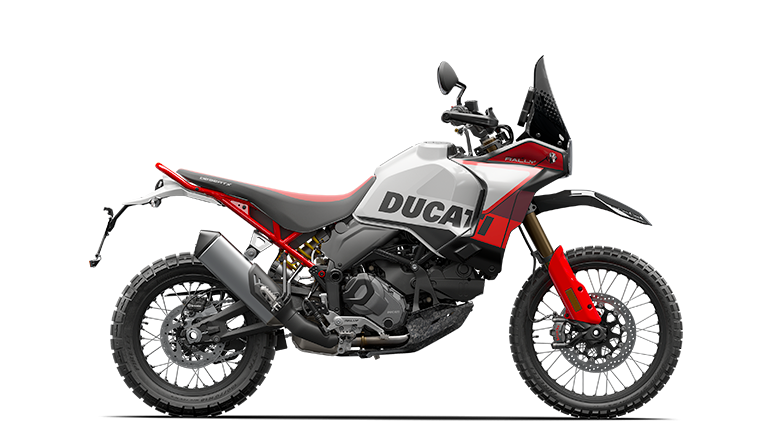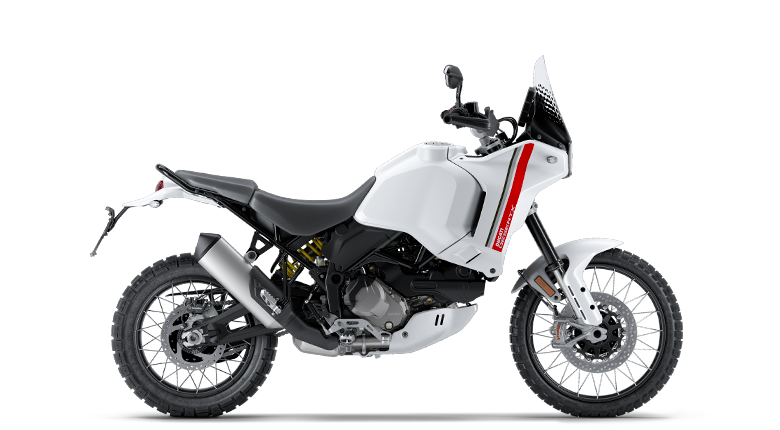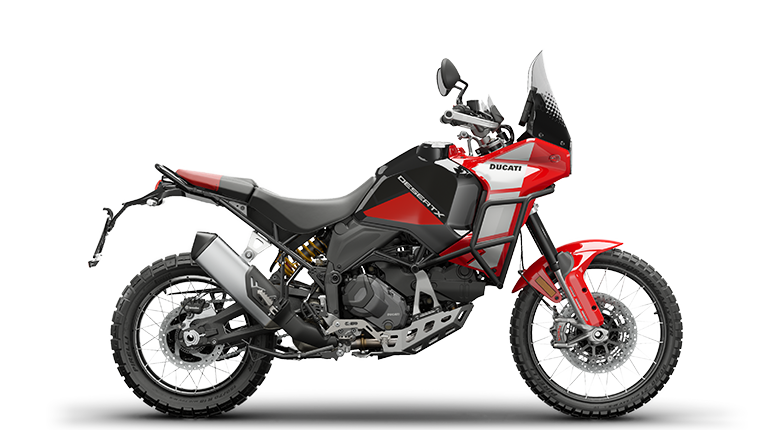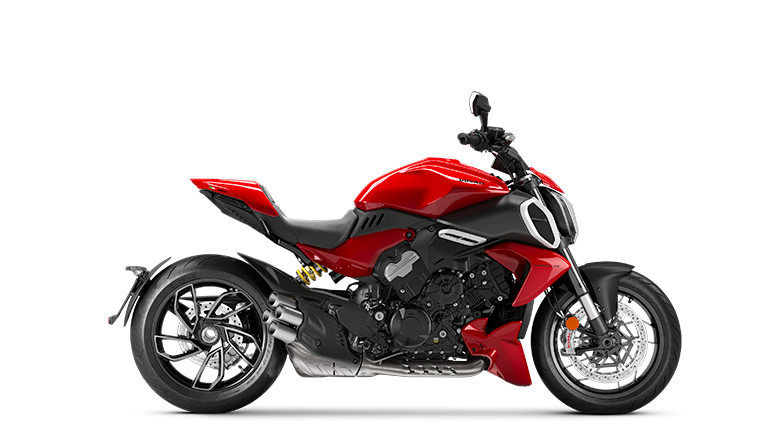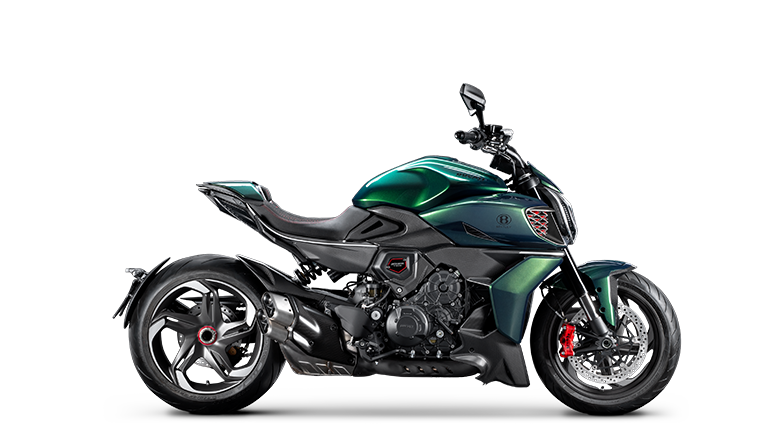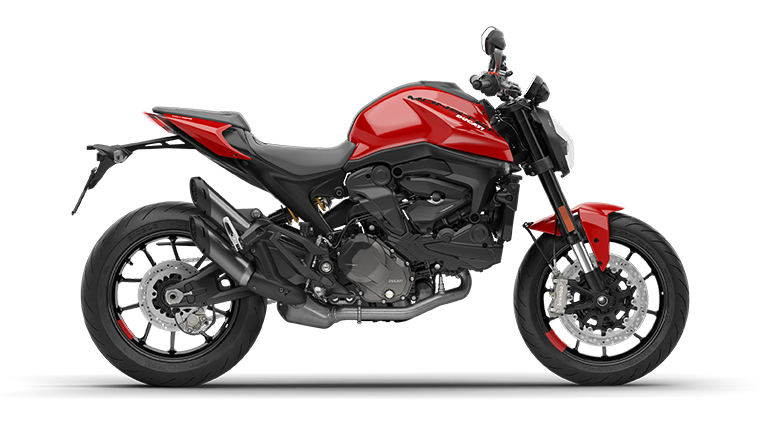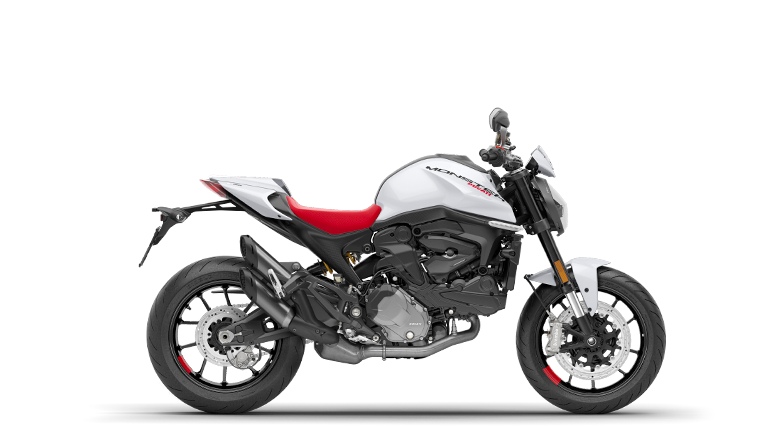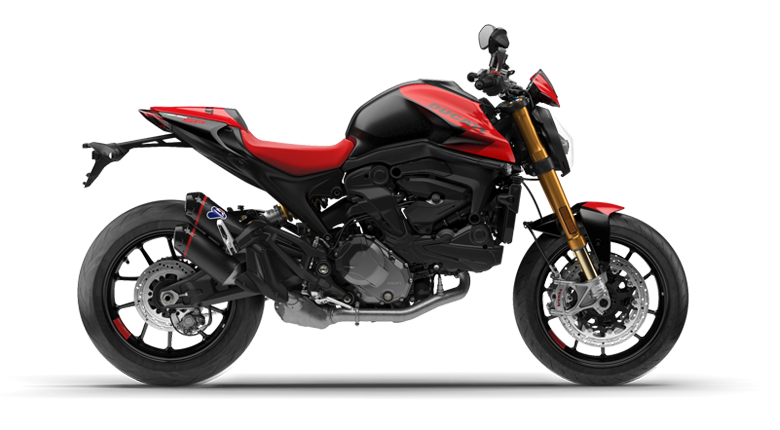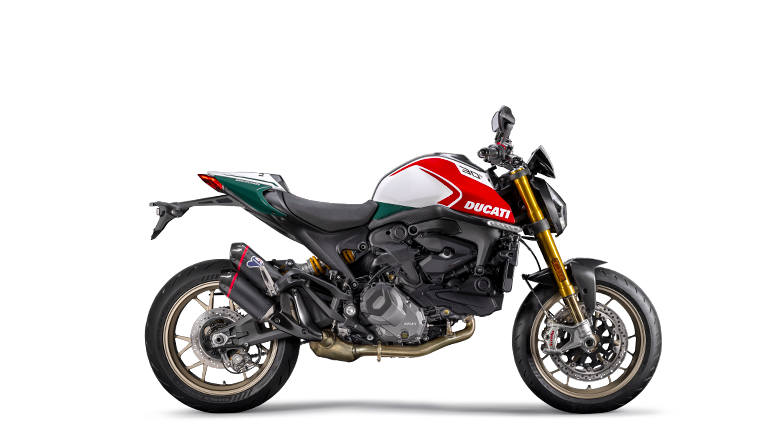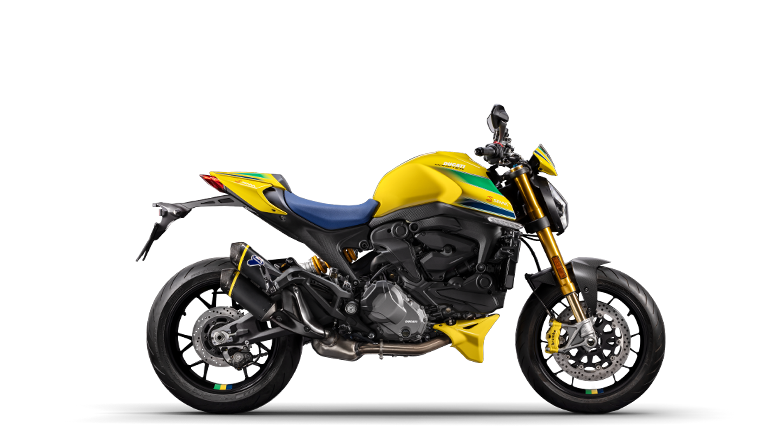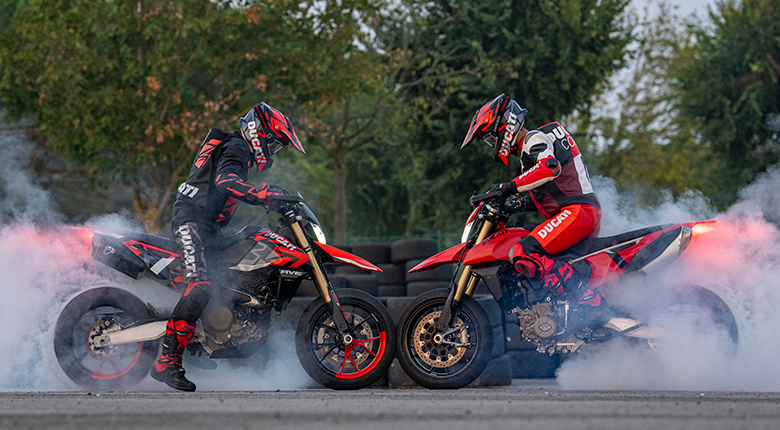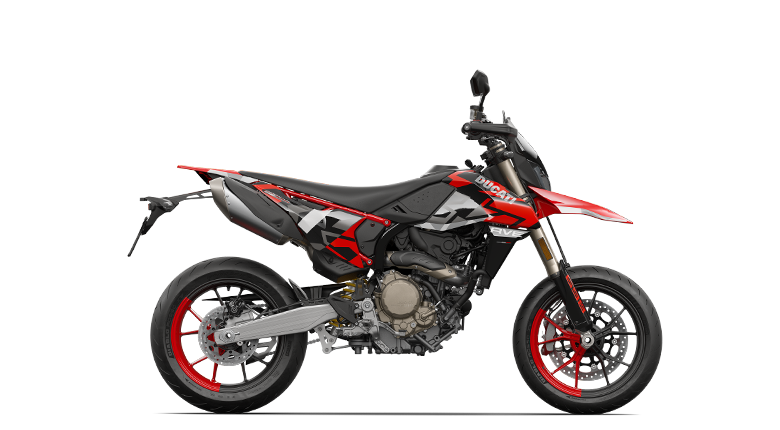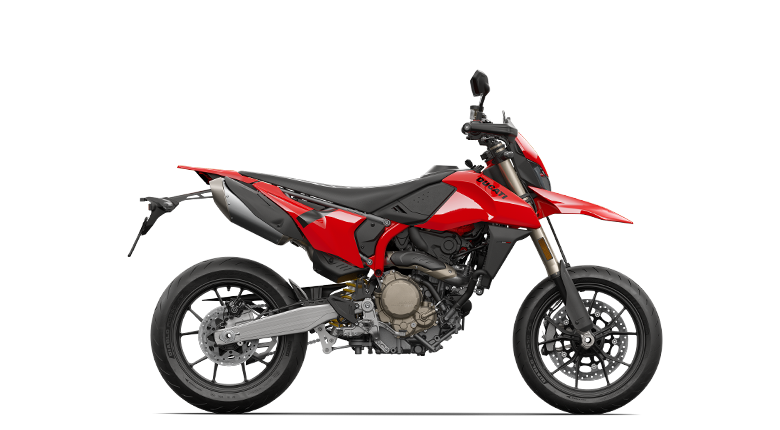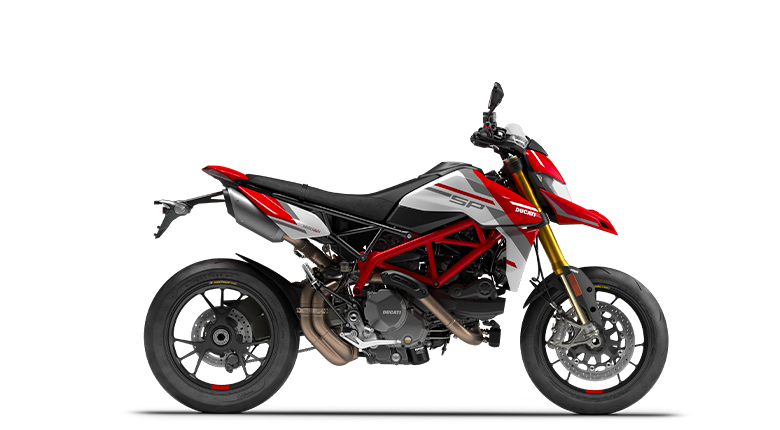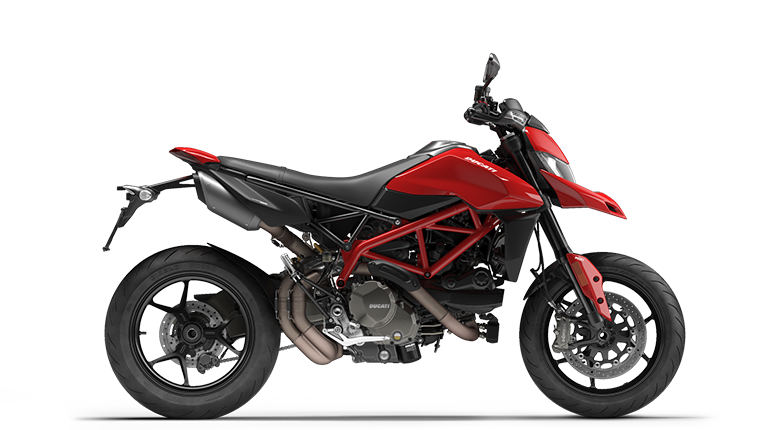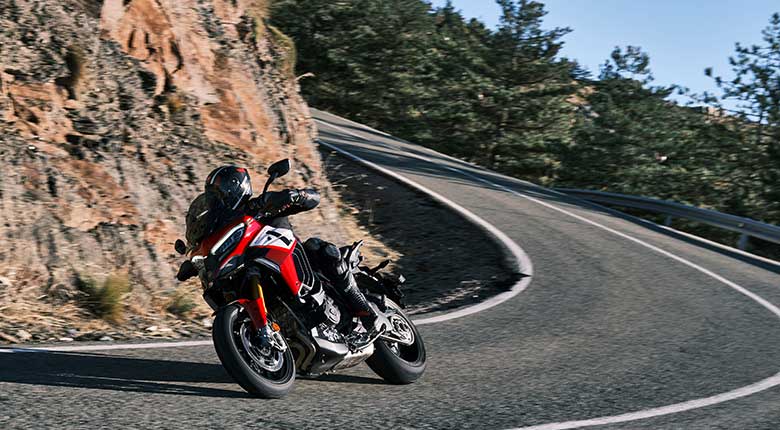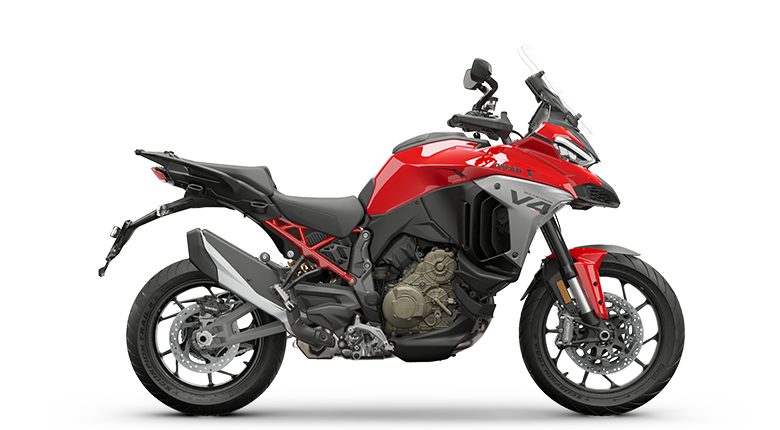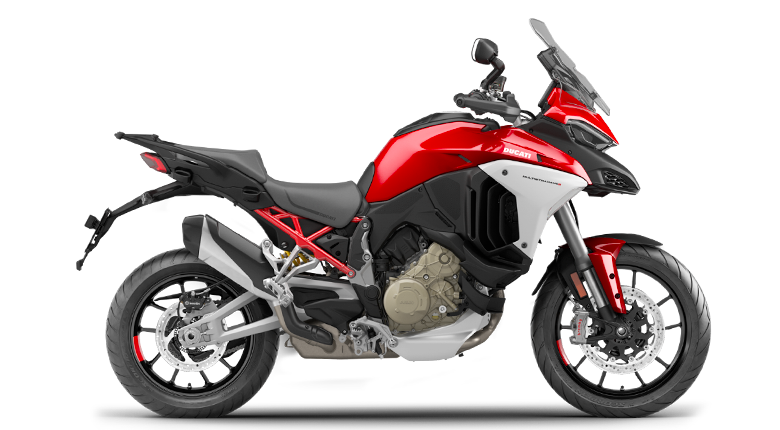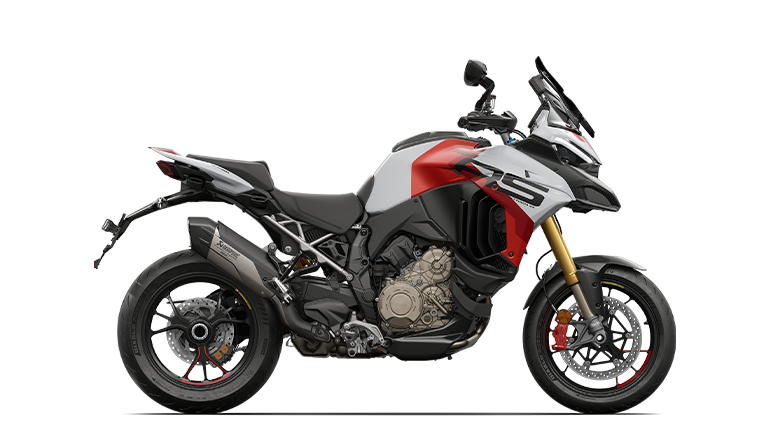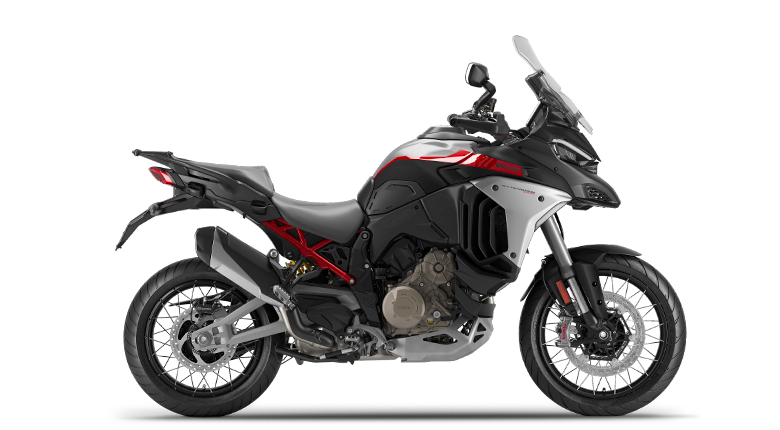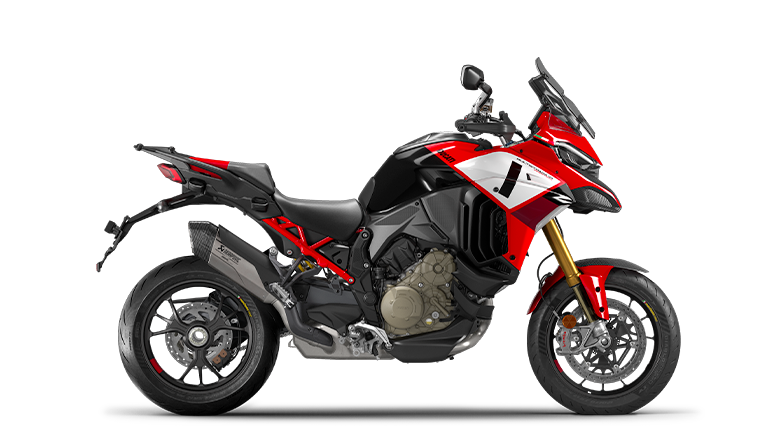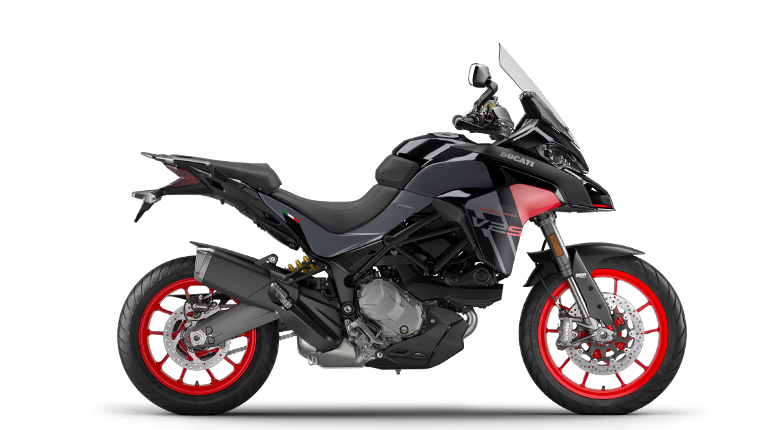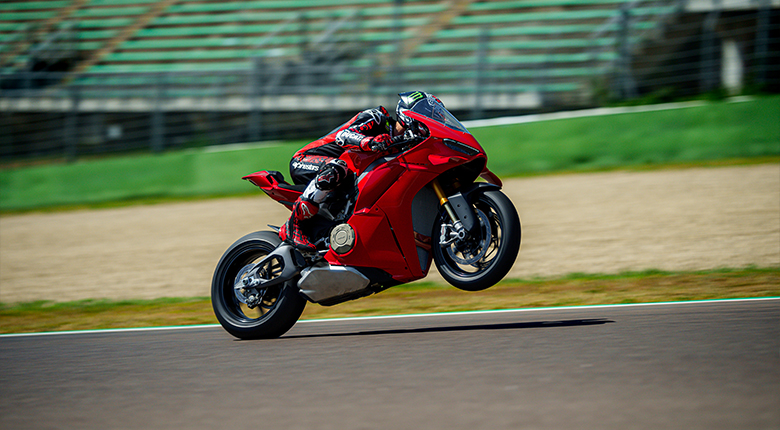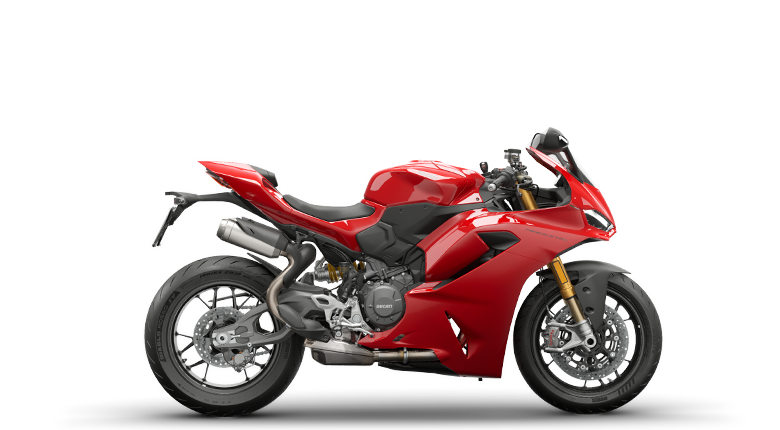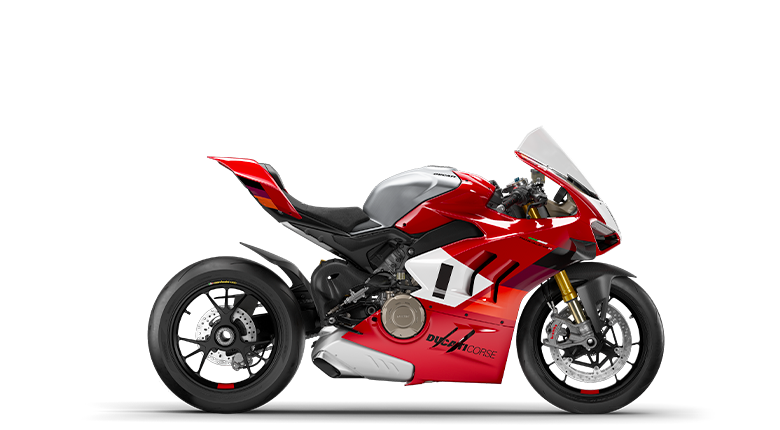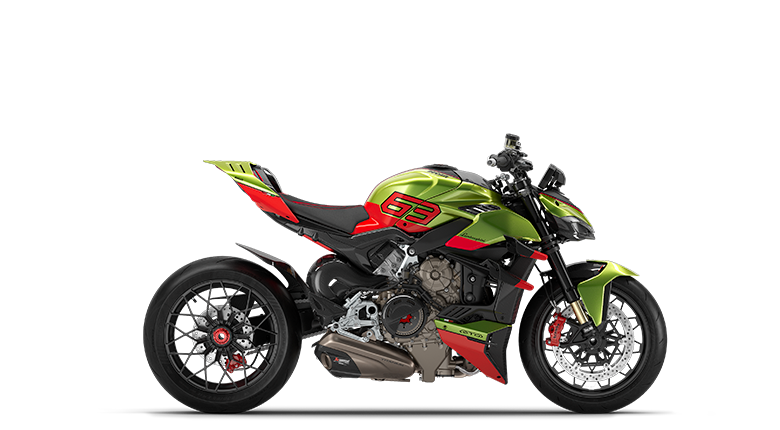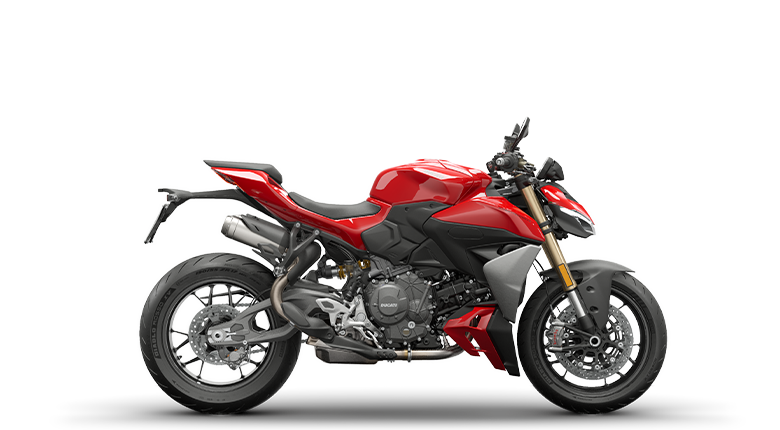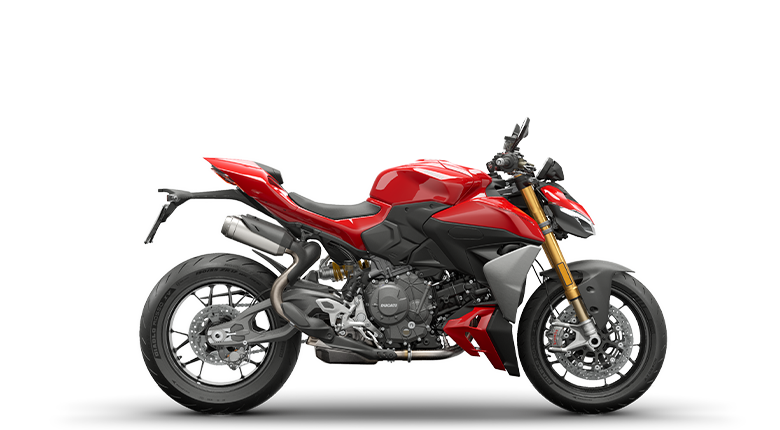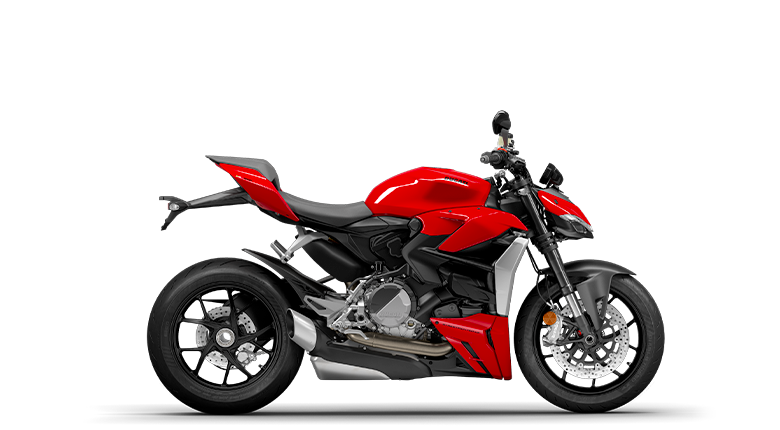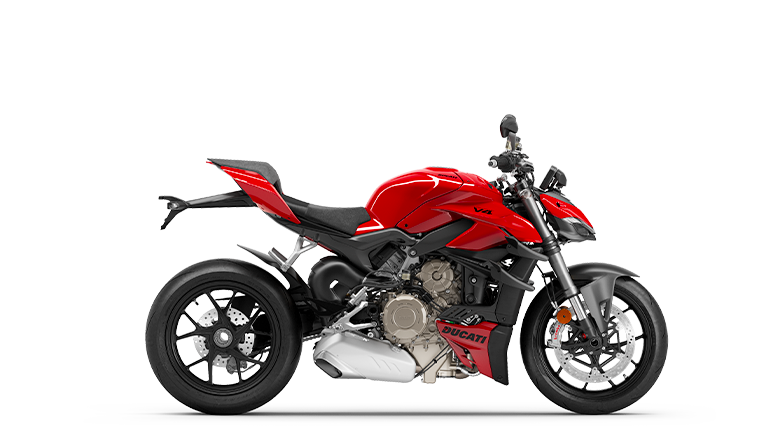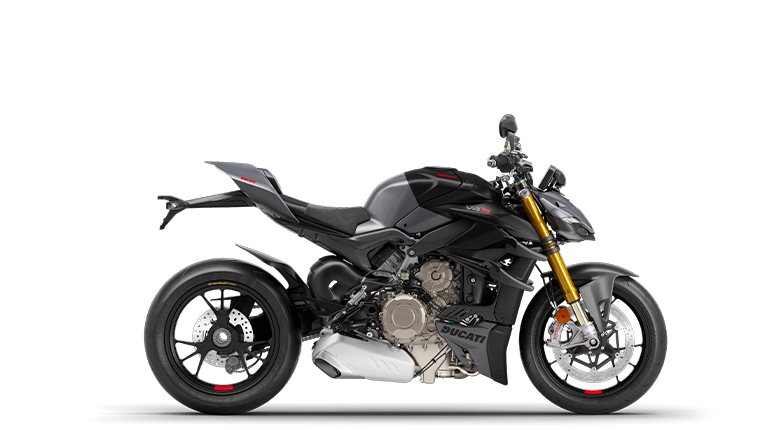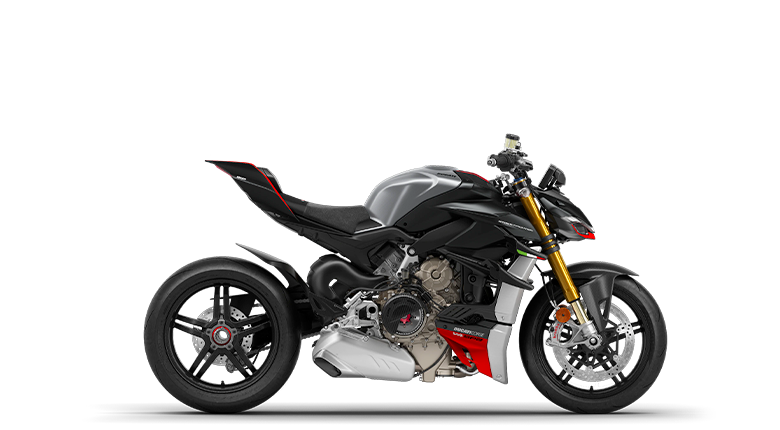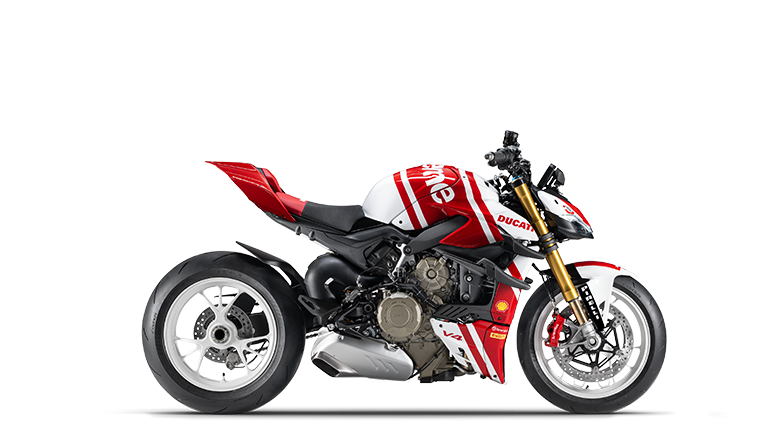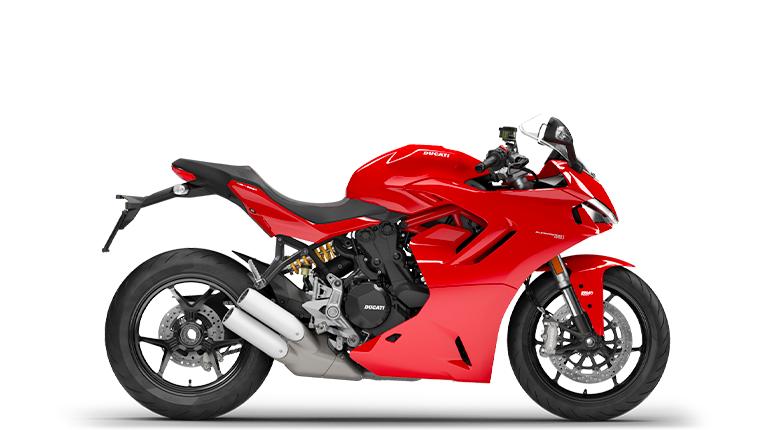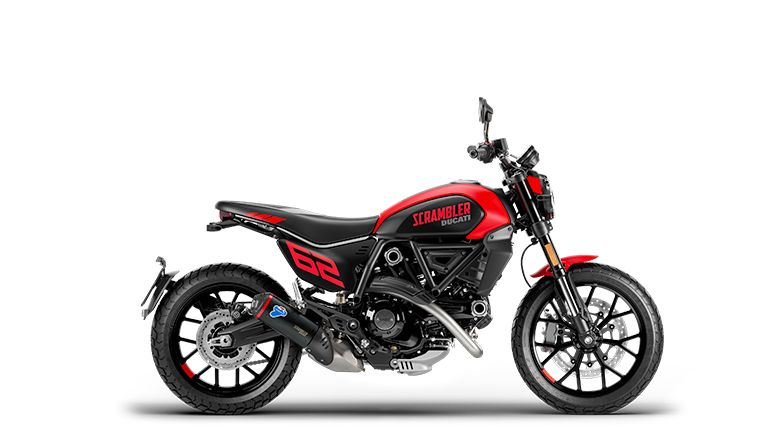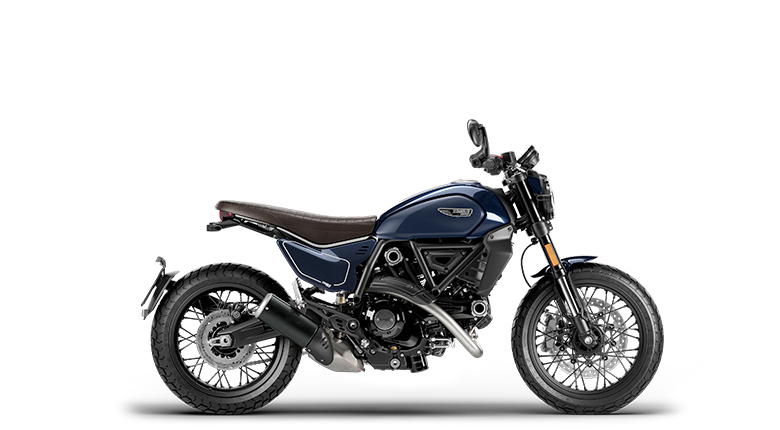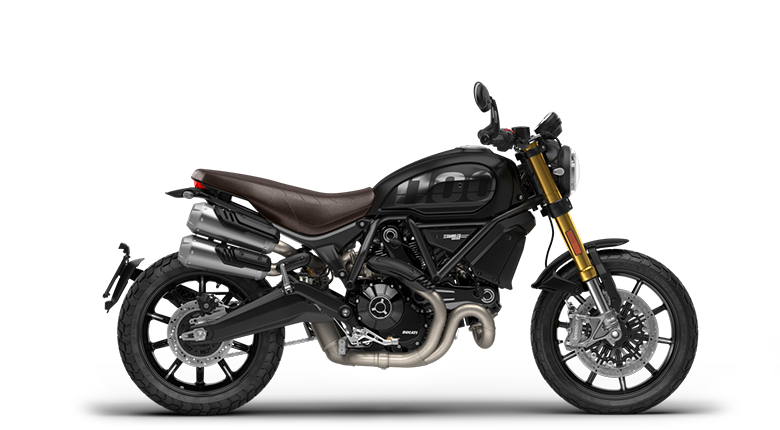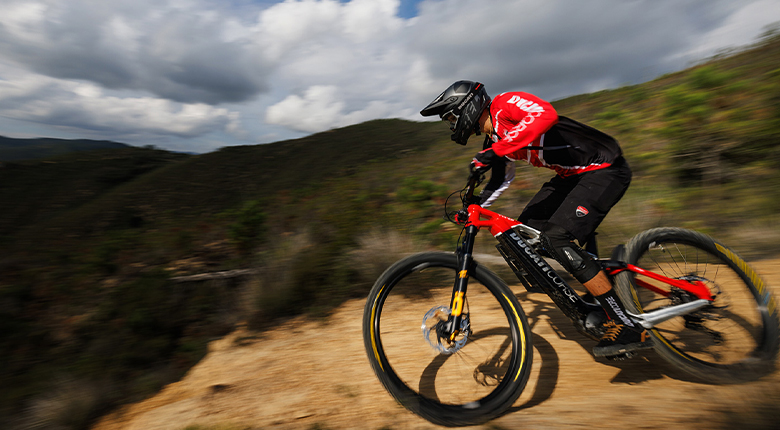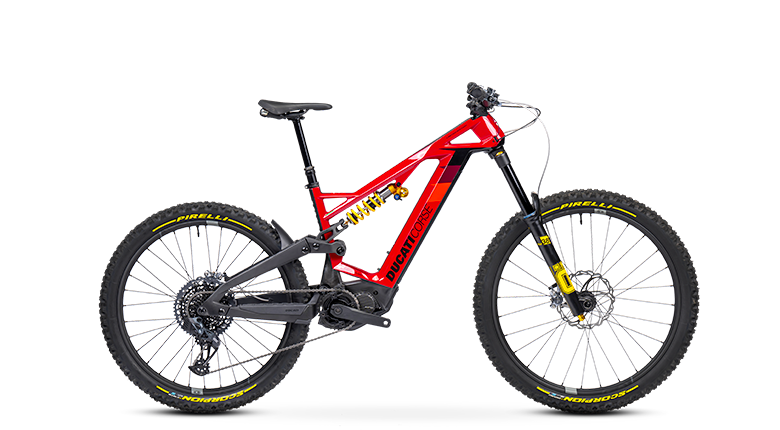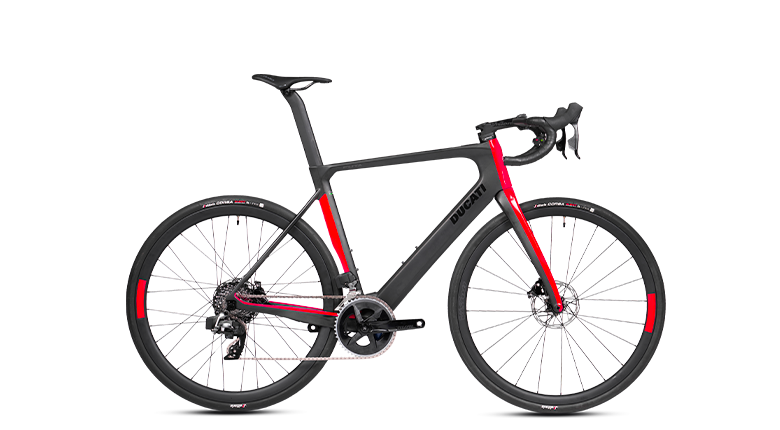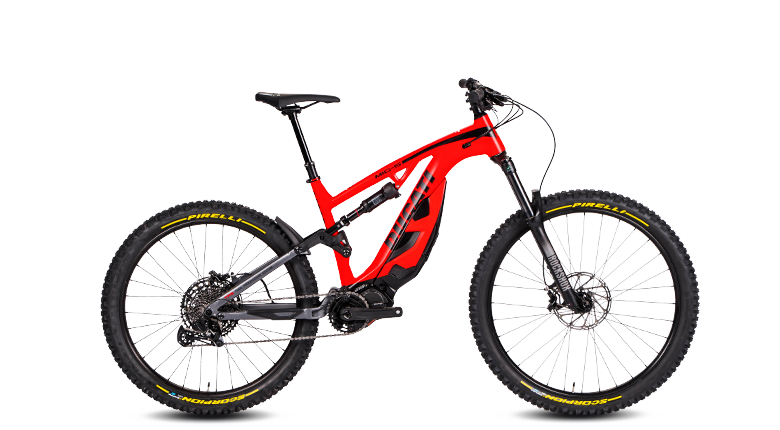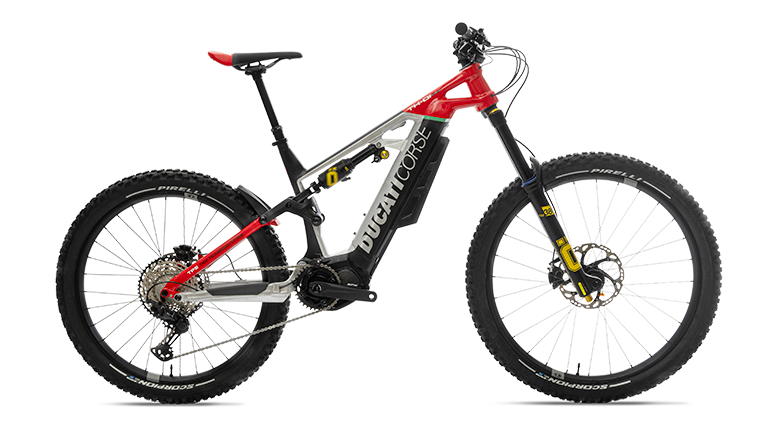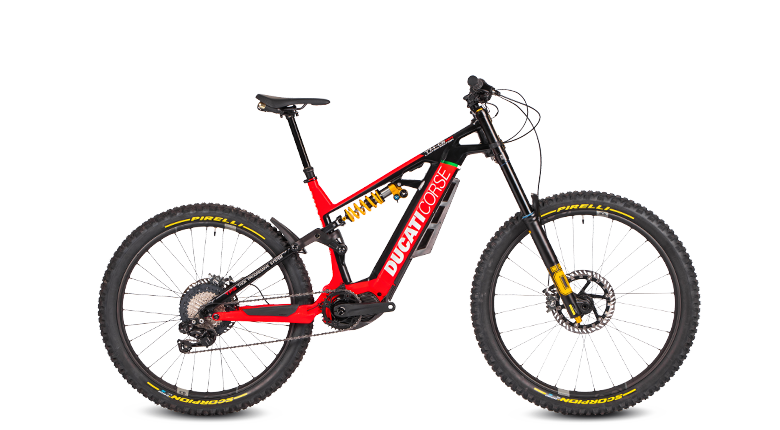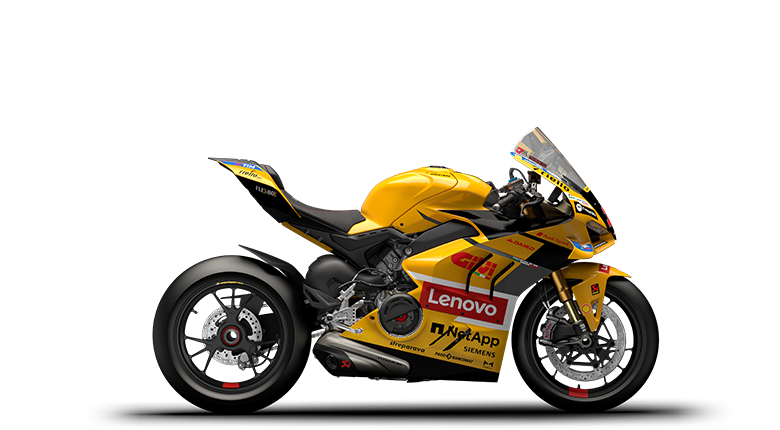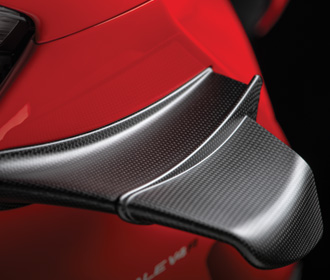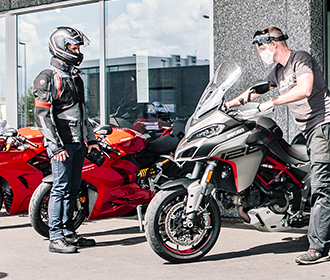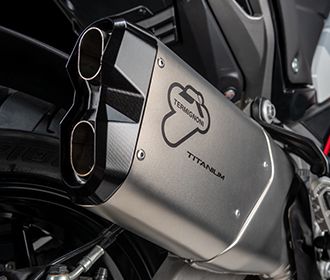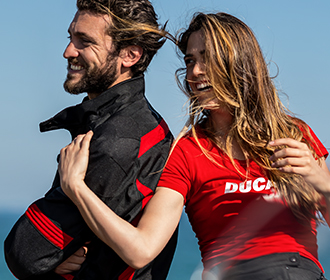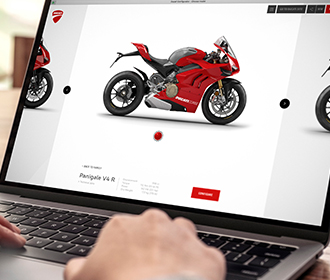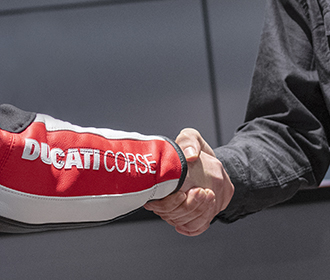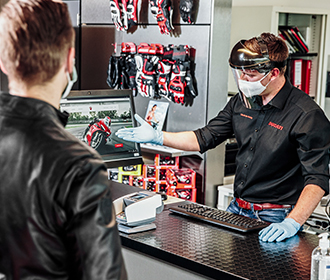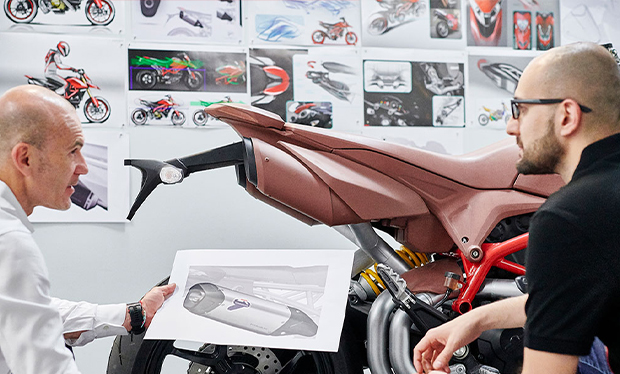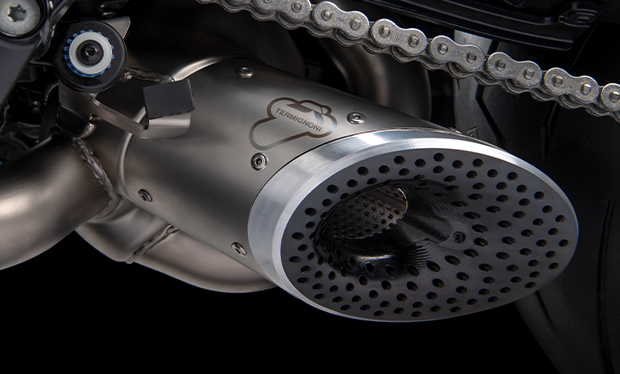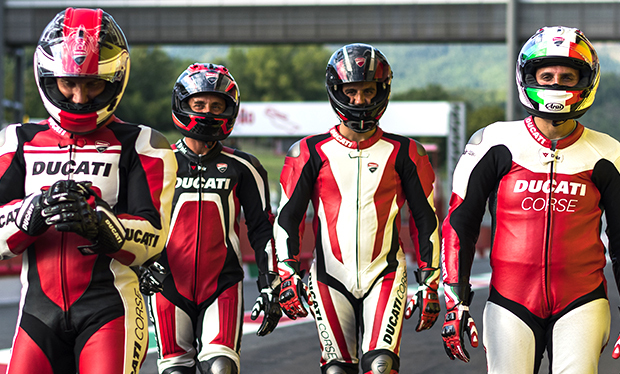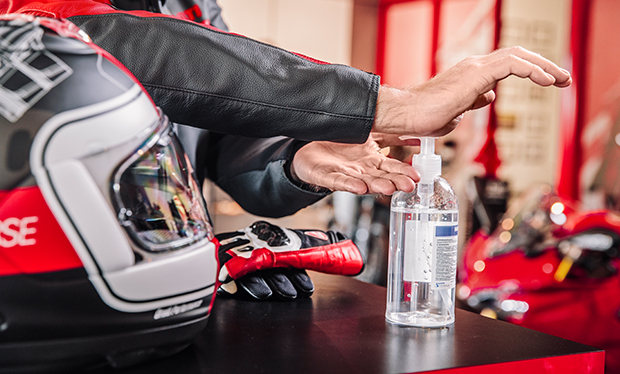- Models
- Configure your bike
- News
- Current Offers
- Racing
- Dealer Locator
- DWP 2025
-
Models
-
DesertX
![]()
-
Diavel
![]()
- Diavel V4
- Diavel For Bentley
Diavel -
Monster
![]()
-
XDiavel
![]()
- new XDiavel V4
XDiavel -
Hypermotard
![]()
- Overview
- 698 Mono RVE
- 698 Mono
- 950 SP
- 950
Hypermotard -
Multistrada
![]()
- Overview
- new V2
- new V2 S
- new V4
- V4 S
- new V4 RS
-
V4 Rally
![]() Multistrada V4 Rally
Multistrada V4 Rally- 170 hp Power
- 89.2 lb-ft Torque
- 525 lb Wet Weight (No Fuel)
Starting From $30,595 i - V4 Pikes Peak
-
V2 S MY24
![]() Multistrada V2 S MY24
Multistrada V2 S MY24- 113 hp Power
- 71 lb-ft Torque
- 485 lb Wet Weight (No Fuel)
Starting from $19,295 i - new V4 Pikes Peak MY25
Multistrada -
Panigale
![]()
-
Streetfighter
![]()
-
V4 Lamborghini
![]() Streetfighter V4 Lamborghini
Streetfighter V4 Lamborghini- 208 hp Power
- 90.4 lb-ft Torque
- 421 lb Wet Weight (No Fuel)
MSRP Starting From $68,000 i - new V4
- new V4 S
- new V2
- new V2 S
- V2 MY24
- V4 MY24
-
V4 S MY24
![]() Streetfighter V4 S MY24
Streetfighter V4 S MY24- 208 hp Power
- 90.4 lb-ft Torque
- 425 lb Wet Weight (No Fuel)
MSRP From $27,795 i - Streetfighter V4 SP2
- new V4 SUPREME®
Streetfighter -
V4 Lamborghini
-
SuperSport
![]()
-
![]()
-
Desmo450 MX
![]()
-
new
Desmo450 MX
![]() Desmo450 MX
Desmo450 MX- 63.5 hp @ 9,400 rpm Power
- 39.5 lb-ft @ 7,500 rpm Torque
- 231 lb Wet Weight (No Fuel)
$11,495 i
Desmo450 MX -
new
Desmo450 MX
-
E-BIKE
![]()
-
Limited Series
![]()
- new Panigale V4 Lamborghini
-
new
V4 Tricolore Italia
![]() Panigale V4 Tricolore ItaliaAn unforgettable day. To be re-lived forever.
Panigale V4 Tricolore ItaliaAn unforgettable day. To be re-lived forever.- 209 hp Power
- 89.5 lb-ft @ 11,250 rpm Torque
- 414 lb Wet Weight (No Fuel)
$85,000 i - new V4 Tricolore
- Ducati Speciale
- Ducati Unica
Limited Series
-
- Equipment
- Current Offers
- DWP 2026

Bikes
DesertX
Diavel
Hypermotard
Streetfighter
Multistrada
Panigale
Off-Road
Supersport
E-BIKES
Equipment
Accessories
Racing
MotoGP
Superbike
OFF-ROAD
MotoE
Ducati World
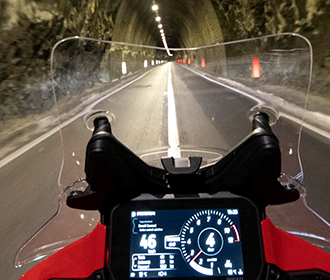
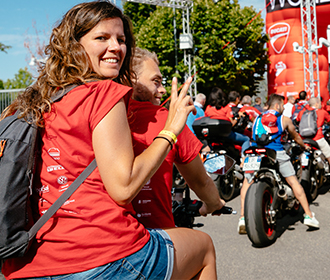
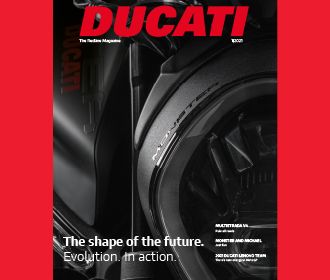
Events
Ducati Academy
Press Reviews
Travel With Ducati
Ducati Stories
News

News
Read the latest news stories to find out what is happening in the world of Ducati

DOC
Imagine enjoying new experiences, exploring breath-taking landscapes, participating in exclusive events. Join the Ducati family! Become a D.O.C. member!

Ducati Redline Magazine
A selection of the most exclusive content from the Ducati Redline Magazine. Download read the stories here!
Service and Maintenance

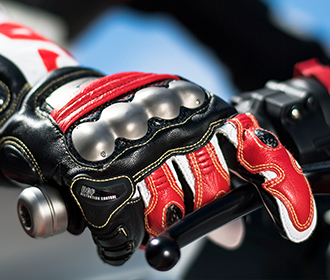

Maintenance
Connectivity
Dealer Network

Dealer Locator
Find you nearest Ducati dealership by using the Ducati Dealer Locator

Ducati Financial Services
From traditional financing to our exclusive Ducati Premier Financing, Ducati Financial Services offers a wide range of options and flexible terms.

Multistrada V4 Video Tutorials
Learn how to operate the features of the Multistrada V4 through these video tutorials
Corporate
Design
Corporate Social Responsibility
Partners
Fondazione Ducati
Borgo Panigale
Models
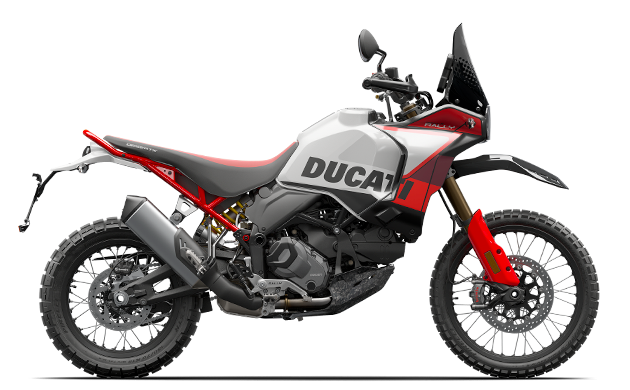
DesertX
New
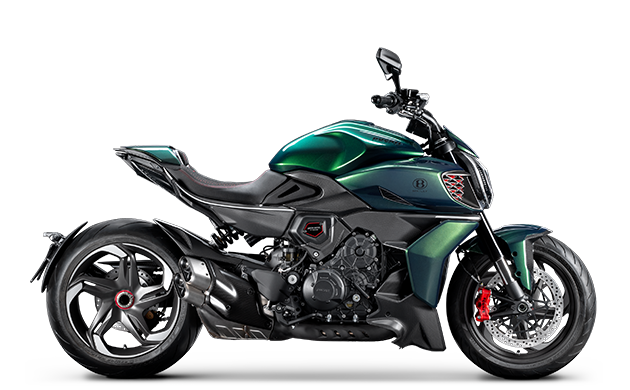
Diavel
New
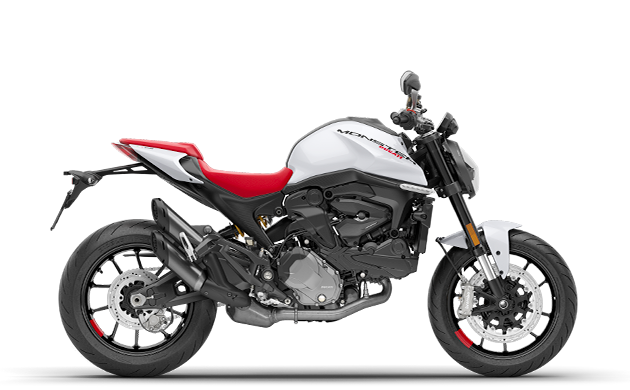
Monster
New
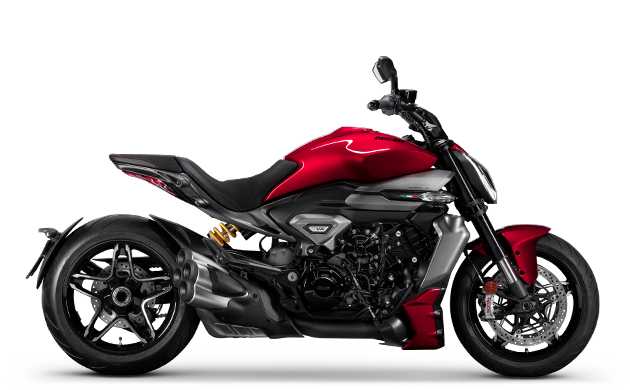
XDiavel
New
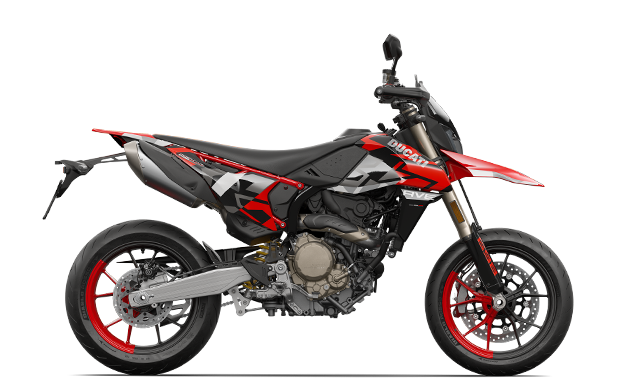
Hypermotard

Multistrada
New
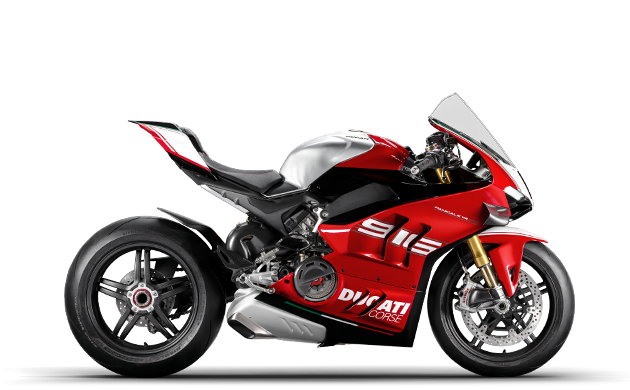
Panigale
New
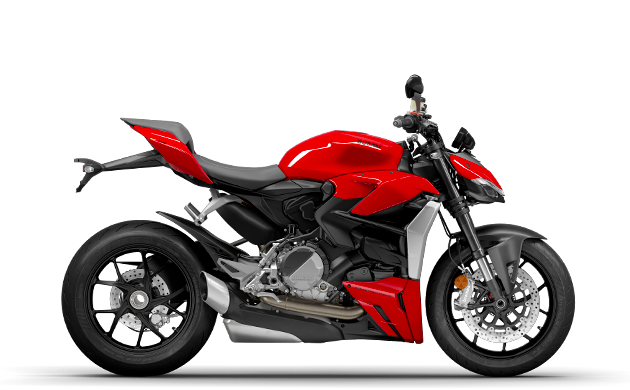
Streetfighter
New
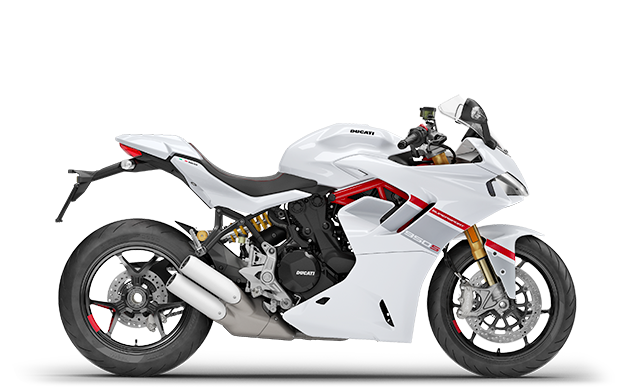
SuperSport
SCRAMBLER

Desmo450 MX
New
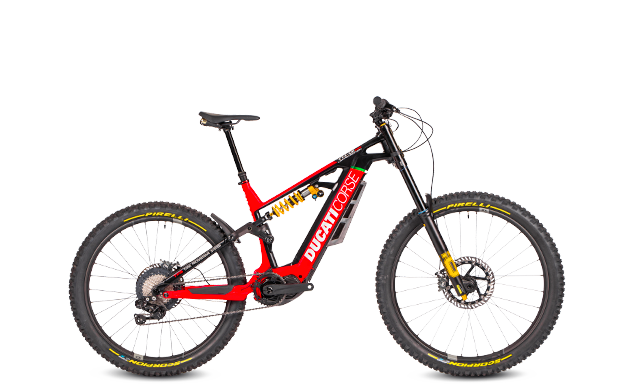
E-BIKE

Limited Series
Racing
- MotoGP
- Superbike
- Off Road
- MotoE
Ducati World
- Events
- Ducati Academy
- Ducati Press Reviews
- Ducati Travel Adventures
- Ducati Stories
- News
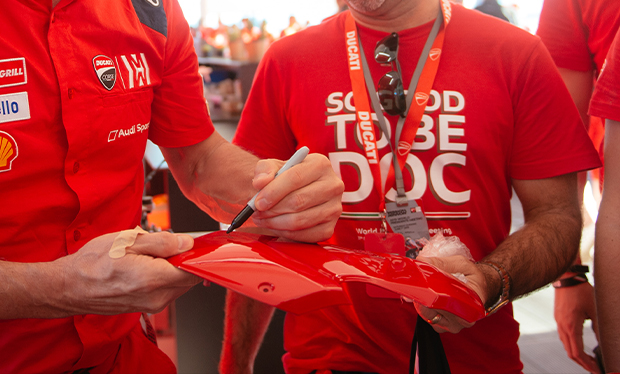
DOC
Imagine enjoying new experiences, exploring breath-taking landscapes, participating in exclusive events. Join the Ducati family! Become a D.O.C. member!
DOC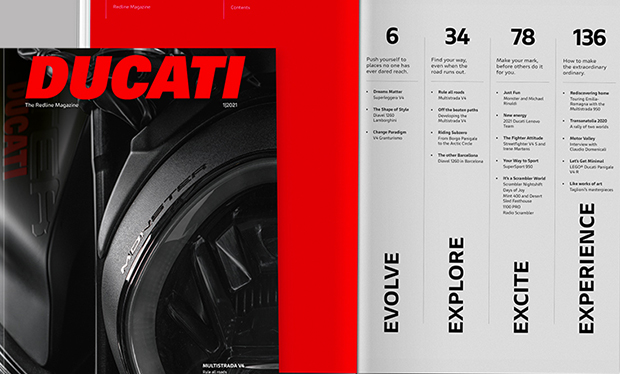
Ducati Redline Magazine
A selection of the most exclusive content from the Ducati Redline Magazine. Download read the stories here!
Ducati Redline Magazine
Equipment
- Accessories
- Apparel
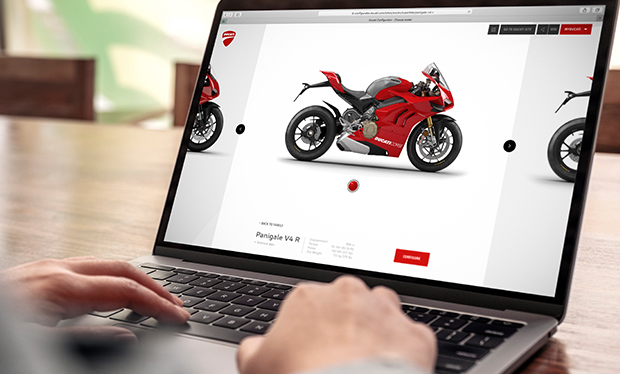
Configurator
Choose the perfect Ducati for you and have fun configuring it according to your riding style.
Configurator
Service and Maintenance
- Services
- Maintenance
- Connectivity
- Dealer Network

Ducati Financial Services
From traditional financing to our exclusive Ducati Premier Financing, Ducati Financial Services offers a wide range of options and flexible terms.
Ducati Financial Services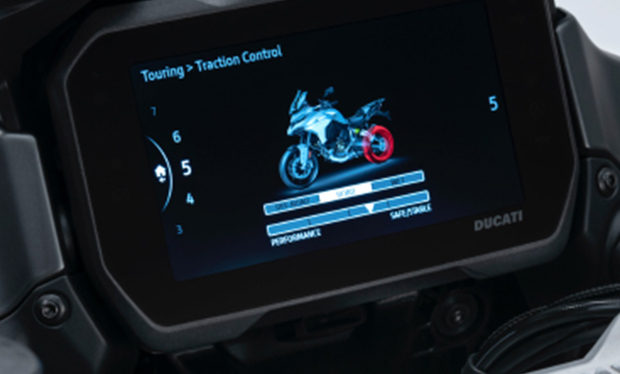
Multistrada V4 Video Tutorials
Learn how to operate the features of the Multistrada V4 through these video tutorials
Multistrada V4 Video Tutorials
Ducati Club
Corporate
- Who We Are
- Product Innovation
- Corporate
- Partners
- Fondazione Ducati
- Borgo Panigale
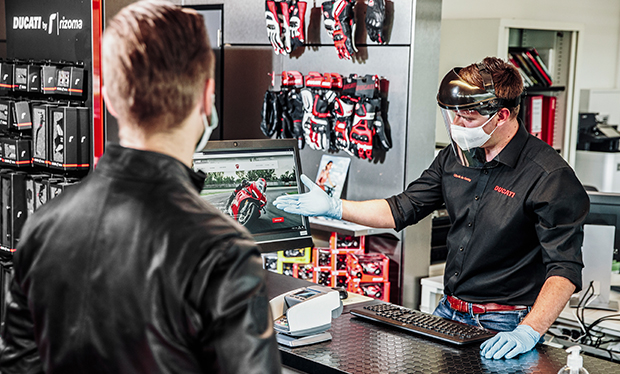
Customer Services
To make it easier for you to find your way around, we have created a list of the most frequently asked questions, divided into subject areas, along with their answers.
Customer Services750 GT
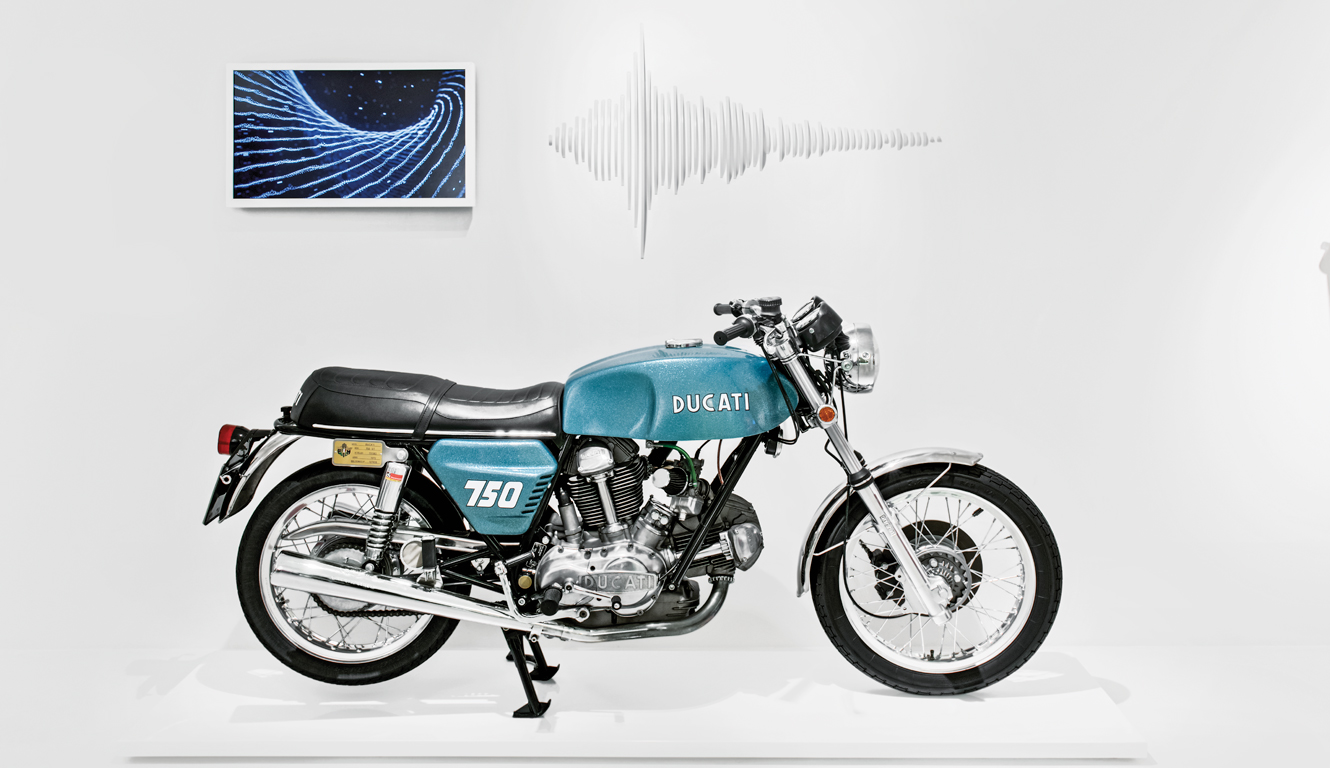
In 1971, while developing the 500 GP racing version, Ducati decided to launch a road version of its racing twin cylinder bike.
The move became clear when the managers of Ducati realized that the two-wheel market was shifting fast towards the sport bike category. European and Japanese multi-cylinder bikes (the latter specifically triggering a true “invasion” on the European market) became the most demanded ones: the market kept changing and motorcycles moved from being an everyday-use object to a “status symbol” in its own right. The oil market crisis had a part in this, and the austerity measures introduced in the 70s caused a steep change in the use of motorcycles as cheaper means of transportation.
Ducati had only manufactured single-cylinder bikes with a maximum power of 450 cc, which could not compete against multi-cylinder sport bikes. It was by combining the experience in 500 GP that the Borgo Panigale brand decided to develop and produce its first sport bike.
The first sketches for the 750 GT were made by Taglioni in 1970; in the winter of the same year the first prototype was ready. Initially conceived with large front drum brakes, Taglioni later opted for a single-disc front braking system, which ensured a safer performance. Actually the first batches were not a success, possibly because the bike was equipped with a pedal ignition, which was not ideal for a bike with such a powerful engine. Nevertheless, the fate of Ducati’s first twin-cylinder changed drastically for the better in 1972, when Smart and Spaggiari won the 200 Miglia di Imola riding two racing bikes made from the 750 GT; these bikes were fitted with a desmodromic system, which was actually not included in the road version of the 750. This was why, one year after Imola, Ducati launched its first road twin-cylinder equipped with a desmodromic system, the 750 Supersport Desmo .
|
|
|
|---|---|
|
Displacement
|
748 cc
|
|
Maximum power
|
60 hp at 8000 rpm
|
|
Maximum speed
|
200 km/h
|
|
Dry weight
|
185 kg
|
|
|
|
|---|---|
|
Displacement
|
748 cc
|
|
Maximum power
|
60 hp at 8000 rpm
|
|
Maximum speed
|
200 km/h
|
|
Dry weight
|
185 kg
|
 United States
United States
 DesertX
DesertX  Diavel
Diavel Monster
Monster XDiavel
XDiavel Hypermotard
Hypermotard
 Multistrada
Multistrada Panigale
Panigale Streetfighter
Streetfighter SuperSport
SuperSport
 Desmo450 MX
Desmo450 MX E-BIKE
E-BIKE
 Limited Series
Limited Series
